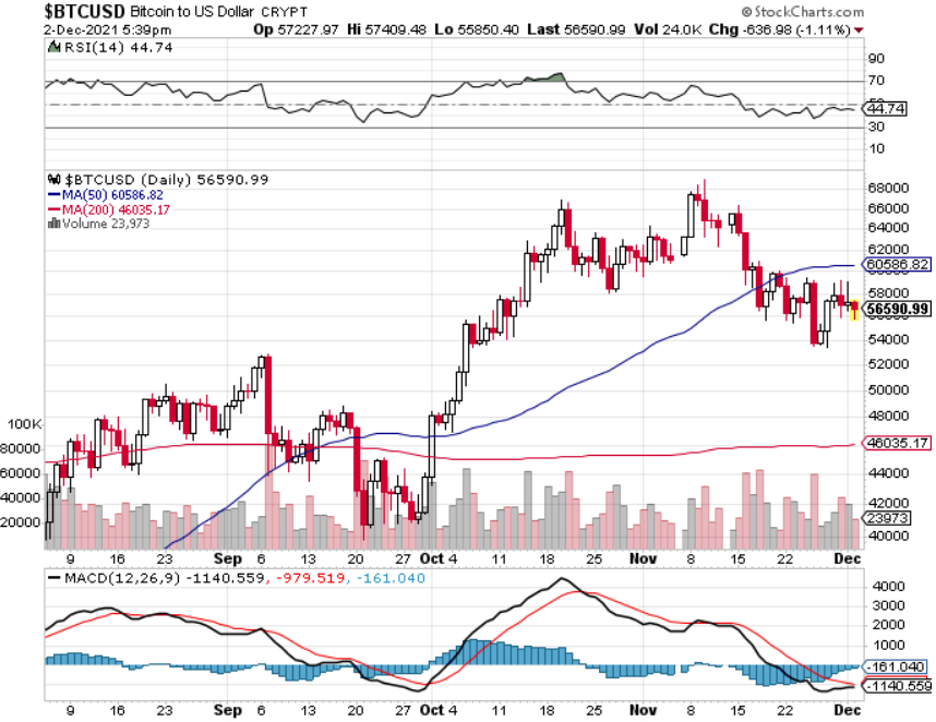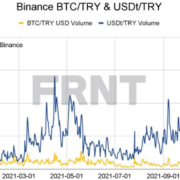Awareness of safety is definitely a must with crypto — that’s not a shocker with it being a brand-new asset that many have a hard time contemplating.
It’s true that it’s a lot to wrap your head around.
Cryptocurrencies are speculative by nature. They lack traditional fundamentals, and a certain leap of faith is needed to invest in it.
It’s not easy for investors to analyze and assign a value to, and that’s where I come in to try to make sense of it.
Crypto markets are also less regulated in general, so it's easier to get ripped off.
Market manipulation is the intentional effort to artificially influence or interfere with asset prices.
Typically, scammers manipulate markets to tip the scales in order to accrue an unfair advantage.
Let’s go through the list of tricks that could be played on you.
Spoofing is done by placing fake buy or sell orders, which are canceled before they're filled.
Scammers use fake accounts and bots to place large trades, giving other investors the impression that demand is either increasing or decreasing.
Front-running is transacting based on knowledge of future transactions.
For instance, miners or node operators can have insight into pending trades. They could then leverage their inside access to make profitable trades ahead of major price swings.
It’s critical that investors migrate to voluminous, reputable, and transparent crypto exchanges and not try to get fancy with the middleman.
This makes a massive difference.
Another scheme is the pump and dump where fraudsters convince people to buy in, crypto schemers spread misleading information about minimally traded coins through social media.
They signal that a 10-fold increase in shares is imminent triggering hot new money then comes the dump.
As momentum builds, other investors cash in and drive the price up, while the schemers cash out and make a run for the exit.
Another deviant scheme is when crypto developers abandon a project but keep the funds raised from investors.
Bad actors can list a new token on a decentralized exchange, pair it with a legitimate cryptocurrency, and drum up interest on social media to lure in investors.
They often pay for known celebrities to pass it off as a legitimate asset.
The whitewashing of the asset fools a bunch.
Traditional hacking and theft targeting crypto wallets can be a digital or physical device.
These wallets have keys — both public and private. The former is a public address that allows crypto to be deposited into the wallet, similar to how routing and bank account numbers enable direct deposits.
The latter is like the password to an online banking platform. Whoever has access to that password can control the funds within the account.
Just as you wouldn't share your credit card number with a stranger, keep your private keys somewhere safe. Scammers can hack accounts and withdraw funds — and they'll employ various methods to get investors to reveal their private information.
Lastly, scammed via initial coin offering (ICO) is happening less and less as many cryptocurrencies do a better job establishing their credibility.
This is the crypto equivalent of an initial public offering (IPO) for a stock.
Through an ICO, companies can raise money to fund a crypto development, such as a token, app, or relevant service. In exchange for pledging funds, the investor receives an issuance of newly minted coins.
Similar to rug pull, ICO scams collect the funds of early investors only to abandon the project shortly after.
An easy way to recognize an ICO scam is to review the company's whitepaper. This document details the specifications behind the project, including strategy, goals, and market analysis.
If the company doesn't provide a whitepaper, that's a red flag.
Decentralized assets are not all unicorns and parabolic trading.
There is an ugly side of it devoid of standardized oversight and investors must stay on the lookout for these easily avoidable pitfalls.
Always double-check the broker, asset, and environment in which trading occurs. Never take anything for granted and err on the side of caution.




